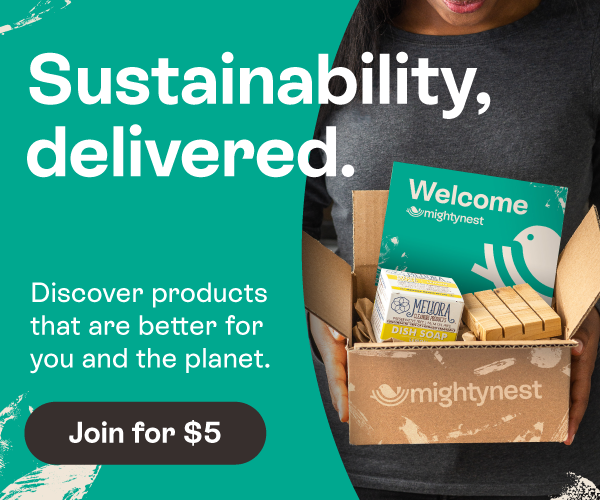
Babies and toddlers put all toys (and everything else for that matter) straight into their mouths. On top of worrying about your little one choking, you have to think about whether or not that cute little rubber ducky contains chemicals that could present serious health risks to him or her down the line. Many common household toys, especially those made with plastic, can contain chemical hazards.
Soft, flexible plastics often contain phthalates and the harder plastics can contain Bisphenol-A (BPA), both of which have been linked by some researchers to cancer, hormone disruption and developmental problems in children. Also, toys that are painted or have a sealant can include lead and other heavy metals which can cause serious impairments in babies and childrens’ developing brains.
The good news is that with the increasing number of healthy and safe toys around nowadays, you don’t have to sacrifice safety for fun, beauty or durability.
The even better news is that what is good for our kids and family is usually also better for the planet, which is always a good thing!
More information on what to avoid in toys
TAKE ACTION
- Start by checking to see if any of your existing toys have been recalled using the Government Database
- Check HealthyToys.org for a database of toys tested for lead and other heavy metals.
- Try to avoid soft plastic toys as they are most likely made from pvc, unless otherwise stated on the packaging.
- Next, focus on phasing out plastic and cheap metal/painted toys that are of concern starting with the ones that always seem to end up in your little one’s mouth. Beware – things could get ugly during this phase.
- When buying new toys:
- Look for products made with solid wood (not pressed wood), wool, organic cotton, or stainless steel and that are colored with water-based dyes or non-toxic paints.
- Find out where toys are made, and what safety standards they meet.
- Quality over quantity. One of the unfortunate realities is that toys that are made with safer materials are typically more expensive. However, they’re also usually higher quality so they last much longer and can even be passed on to future generations.
- Whenever possible, avoid toys that require a lot of batteries. In addition to being quite expensive, batteries are full of toxins. Plus, every parent deserves a respite from endless rounds of high-pitched Elmo squeals.
At MightyNest we strive to take the guess work out of finding healthy, safe natural toys for your kiddies. All of our toys are BPA, Phthalate, PVC, formaldehyde and lead free. You can have peace of mind when you see your child put a MightyNest toy in her/his mouth that we’ve done the homework for you and you’re all good.

